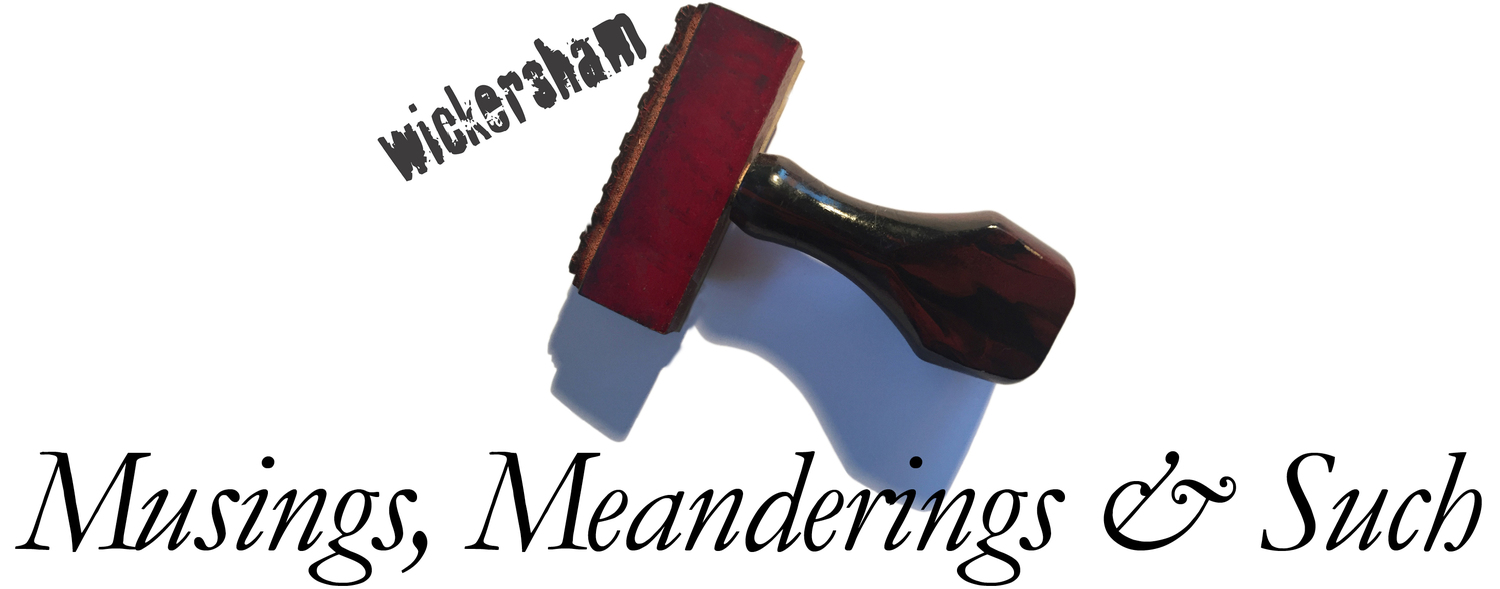Right Or Wrong? Well, Yes And No
Rolling Stone’s cover featuring the “rock-style” portrait of Dzhokar Tsarnaev has filled the web with controversy and heated opinions on both sides. As an ad guy, a lot of people have asked me my thoughts on the cover. And the truth is, I’m conflicted. Clearly, no one who has committed such atrocities should be celebrated or glorified in any way. Boston is my home town, and I had many family members and friends who were way too close to the blast. I’m horrified at the notion that anyone would portray the incident in anything but it’s true light – the most horrifying terrorist event in Boston’s history. An event that begs so many questions. How? Why? And now the question is asked, “Did Rolling Stone glorify Tsarnaev”? Disrespect Bostonians? Was it right or wrong? This will never be a yes or no answer.
Great magazine publishing has always been about leveraging controversy and the sensational to generate readership. In today's social media and sharing-driven world, it’s now about conversations but the goal is the same. And there is certainly no shortage of conversations going on about this. In that sense, Rolling Stone succeeded – people are talking. I can’t imagine the value of the earned media they have received since the cover broke. Circulations numbers? We’ll see. Effect on the brand? Regardless of the boycotts and outcry, I will guess positive.
A couple of things to note. The photo was a self portrait, as he saw himself, which is relevant to the article. Not a fancy studio shoot. It’s the exact same image that was featured on the New York Times front page, and no such outcry happened then. The angle of the Rolling Stone story is how a kid that appeared to be normal could end up committing such a horrific act of terror. Does he look like a rock star in the Times article? Or does he just look like a rock star when he is on the cover of Rolling Stone?
I don’t believe this was the act of some gossip rag sensationalizing something tragic to build circulation. Rolling Stone has actually been in the business of publishing hard news and investigative reporting since its inception featuring works from the likes of Hunter S. Thompson to Michael Hastings to Janet Reitma. Rolling Stone’s July 25th, 1970 cover featured Charles Manson and won a National Magazine Award for its exclusive interview. It went on to become one of its best selling issues of all time. So Rolling Stone is no stranger to controversy or hard-hitting reporting. Contrary to popular opinion, it’s in their DNA.
Much of the controversy actually revolves around branding. There appears to be a delta between the brand image of the magazine and the nature of its reporting. The dregs of humanity grace the covers of pop culture and news magazines all the time. Why? Because the consumer (sadly) wants it. The truth is, if this Tsarneav image was on the cover of Time, this conversation wouldn’t be happening. We’re having it because it is on the cover of Rolling Stone. It simply doesn’t fit with people’s perception of the brand. Many people believe, and understandably so, that making a Rolling Stone cover is an accomplishment; most covers celebrate great musicians. As such, the Tsarneav covers goes against their sensibilities of the brand.
In my heart, I don’t believe that Rolling Stone in any way intended to glorify Tsarnaev. The subhead calls him a “Monster”. The angle of the story was to portray him as a peer (to RS’s core demographic) and depict him on the cover in the way he saw himself. They wanted you to ask the question, “How could a kid everyone thought was so normal do this?” But make no mistake, I’m sure they knew they were going to ruffle a few feathers.
Was it in poor taste? Was it wrong? Is it great journalism? Did it glorify? Was it disrespectful?
Yes and no.




